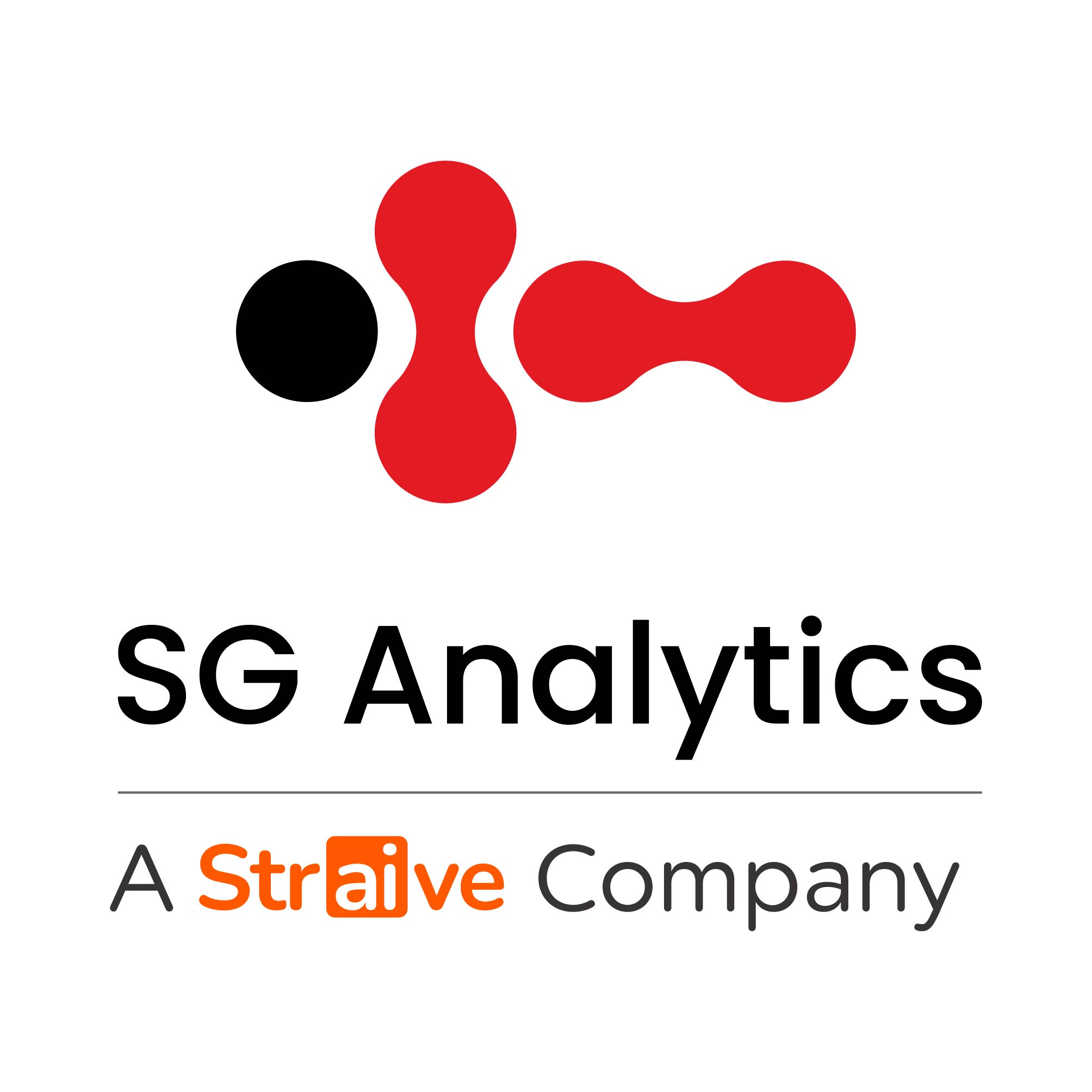Recently there has been an increase in businesses and thought leaders extolling the value of customer experience. CX, indeed, has become a buzzword for a justifiable reason: according to Gartner, 89% of businesses claim to compete on the basis on customer experience. In another report by Adobe, experience-driven businesses can increase sales 1.4 times faster than their competitors, and their consumer lifetime value can increase 1.6 times faster. CX is expected to replace product and price as the most crucial brand differentiator by 2020.
This is why the Voice of Customer is critical: without a clear understanding of consumers’ expectations and needs, it’s almost impossible to provide an experience that not only meets but exceeds their expectations. Market leaders should use state-of-the-art Voice of Customer (VoC) software such as iNava, to collect critical customer input in order to resolve customer issues and shape the future of their products.
The impact of technology on voice-of-customer
With the integration of artificial intelligence and machine learning technologies, VoC has become a whole lot more efficient and effective, allowing businesses to collect data from all of their consumers, as well as their competitors’ customers, and not just a small sample that has directly engaged with their brand through a survey. Artificial intelligence (AI) and machine learning (ML) can benefit VoC in the following 3 ways:
- Companies can have access to more data, as well as various forms of data that they have never had access to before.
- In addition to monitoring what customers are saying, they can also analyse pitch and tone to determine a customer’s mood using AI.
- Companies will be able to undertake data mining at large volumes and contextually tag it using AI and machine learning.
Organizations across the world are beginning to use AI to collect enhanced Voice of Customer feedback from channels other than the traditional interview or survey. Companies are mining consumer demands and data from all over the internet, including social media, mobile usage, and call center interactions by using AI and machine learning algorithms and technology. In the next step, evaluation of data and feedback is done in real time to provide decision makers with actionable workflows and insights.
Benefits of integrating AI with Voice of Customer
1. Analysis of customer journey data
It’s important to use the fundamental AI principles of supervised and unsupervised machine learning algorithms to better understand how customers’ purchasing behaviour is evolving, especially during the pandemic times. Building a strong baseline of consumer journey data and then constantly exploring new campaigns to learn how to keep customer relationships begins the process of reducing churn.
2. Analyze sentiment level of customers
Natural Language Processing (NLP) is used to create semantic models from all available unstructured text, allowing for a holistic view of customer sentiments about a given brand, product, or service. Sentiment analysis can be used to measure the emotions triggered by a particular brand. Marketing teams can better understand what would most and least delight consumers, as well as how to avoid making them frustrated or angry, by continuously training prediction models with consumer data. These insights can help companies understand how quickly customer preferences are shifting today.
3. Keeping customer conversation in context
Speech analytics can provide call center interactions, text-based customer reviews, and operational data from any customer touchpoint – thanks to artificial intelligence. To retain customers today, every company must have clear, accurate sales and service responses across all channels in real-time, as well as keep every customer interaction in context. AI and Machine Learning (ML) are being perceived by CMOs as transformational tools for providing the intelligence needed to remain customer-centric with the help of VoC softwares for delivering a supreme customer experience.
4. Real-time customer data
Combining AI-powered insights from real-time consumer behavioural and organisational data with Net Promoter Score (NPS) data in assisting in the assessment of customer risk thresholds before they migrate to a competitor. It’s possible to find out which consumers are most likely to churn by analysing NPS, consumer, behavioural, and organisational data with deep learning neural networks. This technique is remarkable because it would otherwise take weeks of research to reach the same conclusions that AI-based analysis can provide in seconds.
5. New up-selling and cross-selling opportunities
The COVID-19 pandemic has introduced new purchasing and data usage habits that consumers previously didn’t have time to consider. It’s critical to understand how each up-sell and cross-sell effort by the company is viewed by the consumers. Knowing the voice of customer and how to better represent them now and in the future requires the ability to track campaign and loyalty levels through promotional activity.
Technology and VoC challenges
There are some obstacles that need to be addressed before AI and machine learning can completely integrate into VoC products.
Firstly, CX experts must become more familiar with and confident with AI in general, as well as its technology specifications, procedures, advantages, and limitations. According to Forrester’s principal analyst of customer experience, Maxie Schmidt-Subramanian, only 21% of customer experience professionals share information and metrics in ways that drive action, so getting better at turning metrics into action is step one for CX experts, and using AI is a great way to do that.
Secondly, setting up AI could put a strain on any existing broken processes or systems companies have in place. Businesses and product development specialists must understand that AI is not a one-size-fits-all approach, but rather an approach that necessitates a substantial amount of time and effort to incorporate and operationalize.
Organizations should ensure that they have trained employees who can perform the analysis, feed accurate data to the AI and machine learning algorithms, and double-check the data once it’s been produced.
Power of AI-powered Voice of Customer
With the help of AI-powered Voice of Customer platforms, consumer insights from data across the company’s platforms, including unstructured sources like social media and customer surveys, can be easily integrated. These softwares/platforms recognize sentiment and captures brand-related concepts by recognizing the brand’s distinct vocabulary, extracting concepts from texts, and using this knowledge to identify sentiment and collect brand-related concepts. With the help of these insights, customer satisfaction, experience and engagement can be improved.
According to Microsoft, by 2025, artificial intelligence (AI) will monitor approximately 95 percent of all consumer interactions. Product marketing heads or competitive intelligence professionals can visualise and explore data using voice of customer solutions to unearth hidden insights, spot trends, identify opportunities, and make informed decisions.
Conclusion
Although the use of AI and machine learning in VoC software has increased dramatically in recent years, there are many more exciting developments on the horizon. By using speech analysis and facial recognition, AI can help us get closer to knowing consumer emotions. This way, AI can help unlock new unimaginable VoC data.
Listening to the customers and incorporating their feedback isn’t optional in today’s competitive landscape; it’s a must that can lead to significant increase in ROI. When you consider the amount of data that companies are gathering now and will collect in the future, it’s obvious that employees will need assistance in making sense of it all in order to make it clean and actionable for decision-makers.

